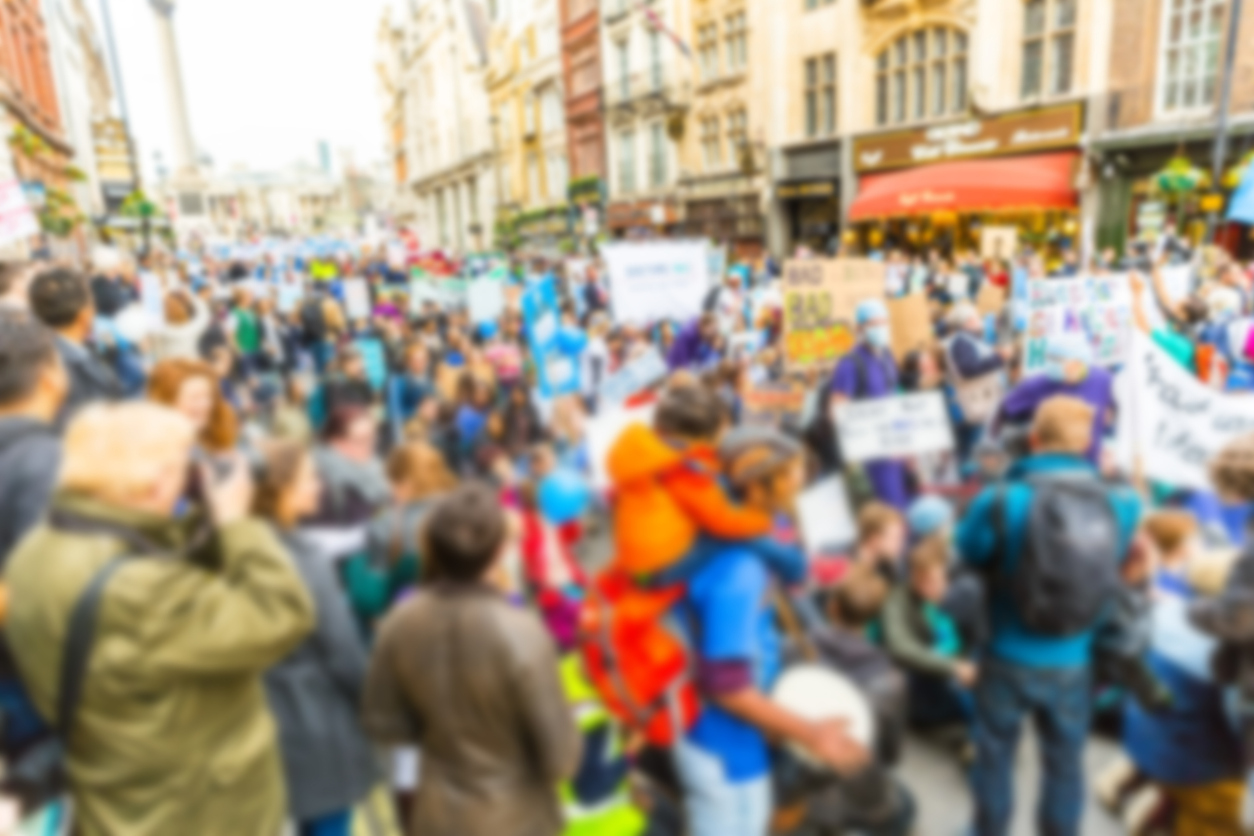The language of right wing thuggery in British cities
August 7, 2024
In response to riots, attacks on police, and destruction of property in numerous British cities, Prime Minister Sir Keir Starmer says ‘I utterly condemn the right wing thuggery we have witnessed this week-end.’
To hold perpetrators of violence accountable, he promises the full weight of the law: arrests, convictions and sentencing.
A more immediate task, as relevant for Australian society as for Britain’s, is to understand what ‘right wing thuggery’ means.
There will be official inquiries into the lawlessness in Britain, but long before such investigations conclude, there are obvious clues to the violence. The seeds of that violence lie in language, expressed in racist chants, in attacks on police, in deep seated prejudice towards migrants and Muslims.
Immediate reports suggest that a highly disproportionate number of rioters were young men, many dressed in black balaclavas, several thumping chests to show how macho they are, a large number asserting white supremacy over those they perceive as not really English and therefore unworthy. The prejudice runs deep. The language of violence has been learned over years, and in UK cities is being tried and tested.
In years of observing and interviewing young men in trouble for acts of violence, several traits characterised their conduct. Armed with anger and prejudice expressed by abusive words, by swagger, by elbows, fists and weapons, they found few other ways to express power.
They were highly literate about violence but largely illiterate about non-violence.
Focus on language alone usually prompts questions about alleged deprived social and economic background which may have contributed to the behaviour of UK rioters in Southport, Rotherham, Sunderland, Bristol and parts of London. That claim can be explored but discarded. Instead, consider descriptions of the UK violence springing from ‘right wing’ rhetoric fomented on social media. From such sources the language of one dimensional, abusive power is taught and becomes visible in thuggery.
To express identity as an apparent virulent male, the language of violence has several sources, beginning with assumptions that power can only be expressed abusively, from the top down, by threatening others, by finding satisfaction in experiences of domination. For frustrated young men with little to engage their time and thoughts, throwing weight around by abusing others can appear to give a sense of identity, albeit one dimensional, uncomplicated, obey or else, of the either/or kind.
To an already existing language of abuse can be added a pandemic of cues from social media posts to support right wing protests against a State’s policies and against those, such as police forces, who are identified as defending unpopular policies.
Convicted criminal, exiled UK citizen Tommy Robinson, an anti-Islam campaigner and founder of the English Defence League has 800,000 followers, a proportion of whom may be following the League’s objective to defend English women and children. The language of abusive power is then augmented by alleged legitimate action - defence of women - but is also fuelled by racism.
In the mostly English cities, anti-migrant and anti-Moslem rhetoric and chants have extended the vocabulary of rioters. Beneath union jacks and flags of St. George (flags are also language) rioters shout that they want their country back, that migrants should be sent home. Hostels housing migrants are besieged, mosques attacked and police identified as unfairly defending both newcomers and those whose religion has allegedly contaminated an imagined all white, monocultural, halcyon way of living.
If the language of angry protesters is limited, let alone primed by one liners from social media, there’s no way of thinking about the past let alone reflecting on assumptions about a hoped for idealistic English way of life. Such reflection requires a far more extensive, far more imaginative, far more humane use of language.
To restore law and order in Britain, Prime Minister Starmer’s insistence that lawbreakers will be arrested and punished is predictable and in some ways admirable. Yet law and order chains of thought will also need to undertake a formidable educational task, to replace the language of racist thuggery with the softer, life enhancing tones of universal justice, human rights, a common humanity. No apology for repeating those aspirations. Language is learned by repetition but can still be rewarding and joyful.
Reference to ‘right wing’ and to ‘thuggery’ is easily applied to young men when perceived as angry or seen rioting on streets. But thoughtless, one dimensional language has also been expressed by political leaders, not least if they want to identify with a culture’s racist underbelly and are content to dog whistle, as in appealing to anti-refugee, anti-Indigenous sentiments.
This last point applies as much to presumed Australian leaders as to the current destruction and social disharmony in Britain.

